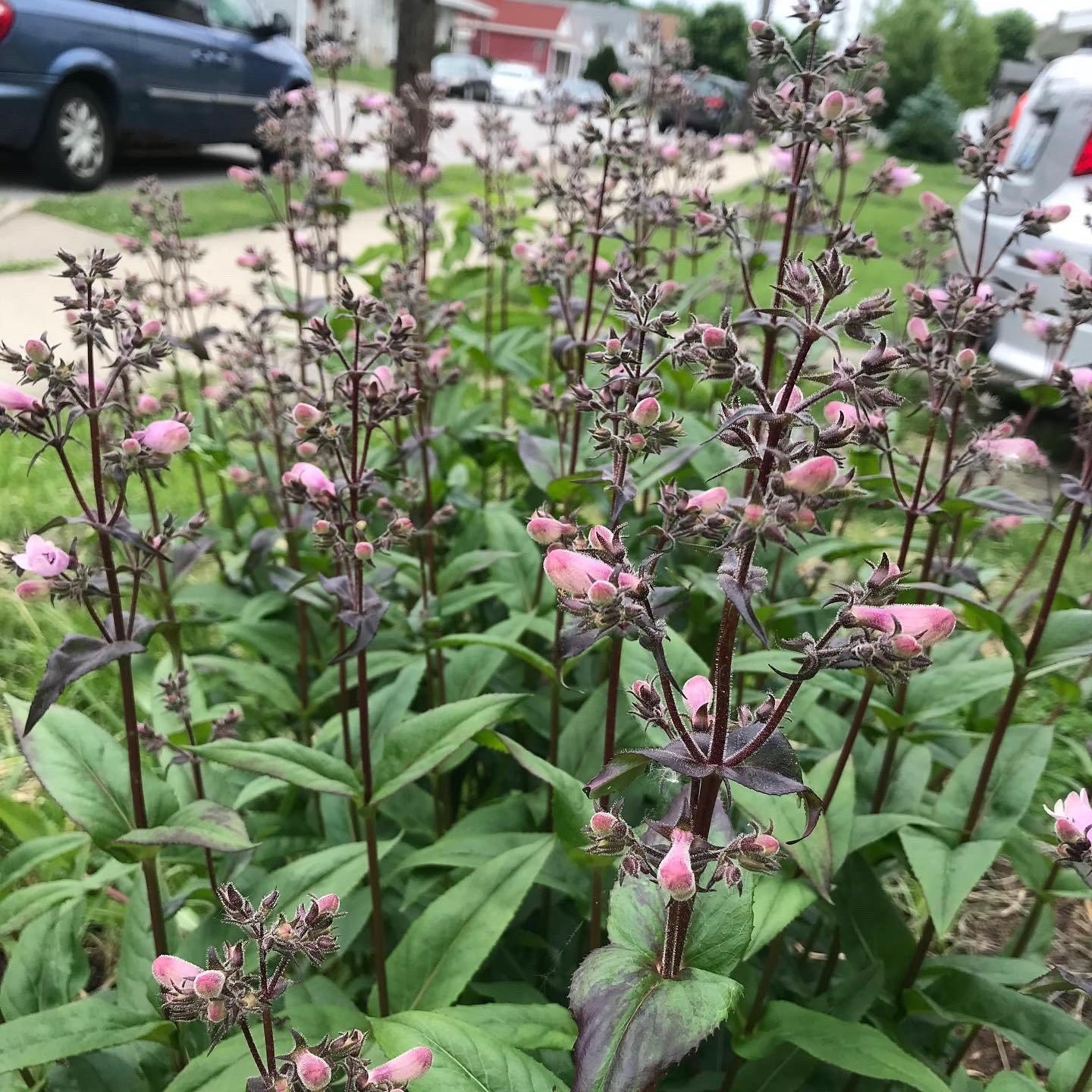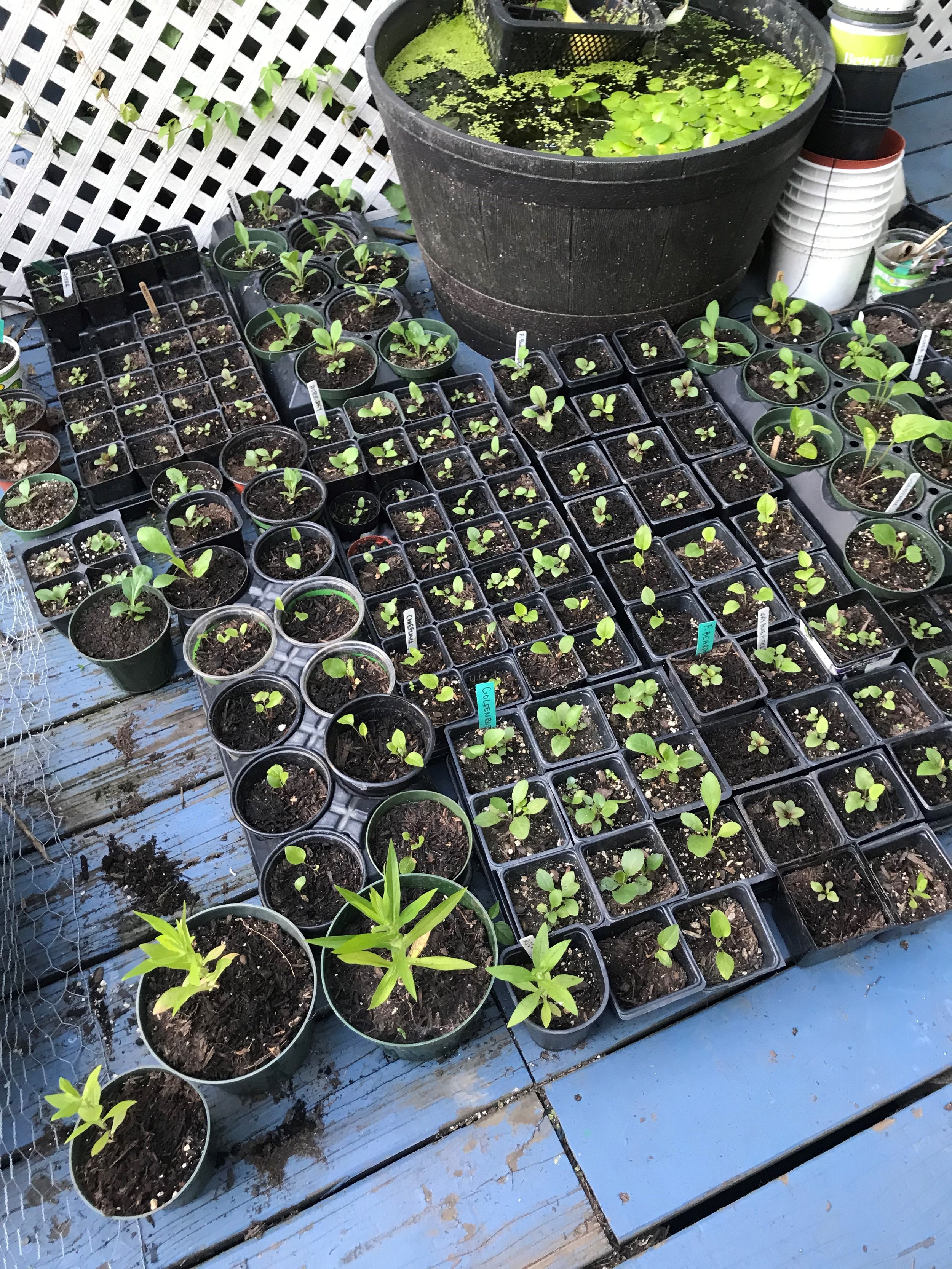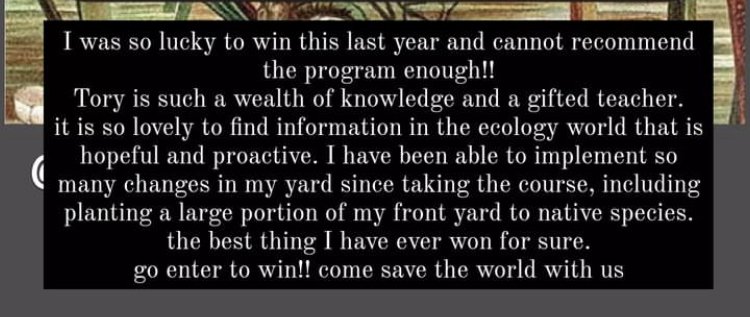Spring Regeneration has ended
Enrollment for Gardening for the Future opens May 28th!
Gardening for the Future is an online course to transform your North American yard into an ecological oasis
Lawns are an ecological nightmare and a waste of space, water, and time.
Learn how to easily create an eco-garden that needs less maintenance with every season
What people are saying about Gardening for the Future

Your yard could
Frequently Asked Questions
-
Eco-gardening can absolutely be done at a slow pace and in small areas at a time. A little improvement is better than no improvement!
We also have students who live in apartments or don’t have an outdoor grow space but grow in containers, community gardens, guerilla gardens, etc.
-
Nope! Students have lifetime access to the course, you can go at your own pace.
-
As far as legalities, there are ways around it and we discuss this in the course!
Adding fences, rocks, and other hardscaping can make it look more intentional. Adding signs that explain what you’re doing is also helpful.
And you can get your yard certified with the NWF as a wildlife habitat and they’ll send you a sign and paperwork for about $40 (it’s cheaper if you don’t get the sign.) I did this last spring and I haven’t gotten any complaints from the city since!
-
Each individual site and gardener is going to have their own timeline and expenses based on size, the current condition of the land, whether they already have a garden or are starting from lawn, etc.
Items that you’ll most likely need:
Seeds or starter plants
Shovel
Containers for composting (can be DIY or purchased)
Cardboard or tarpMulch
Plant clippers/a scythe/something to chop with
Gloves
Substrate - compost, coco coir, bagged soil, etc. (you don’t need enough to cover the whole site, just a handful or two per plant or seed and enough to fill any raised beds, etc.)
Items you might need depending on your project and your wants:
Composting worms
A broad fork
Landscaping pins
Chainsaw or handsaw
Woodchipper
Rainbarrel
Microbial inoculants (~$30)
Air pump
-
The first year is the most work because you’re working to improve the soil, planting new plants that are still establishing, getting rid of invasive species, etc.
If you can achieve that in the first year, then the following year you wouldn’t need to do much aside from planting your annual vegetables, putting compost on the soil, and possibly irrigating your vegetables depending on what’s growing and how much rain your area gets.
If it takes you longer than a year to achieve those things, you’ll still need to do less work each year until it gets to the point where things are self-sufficient. Regenerative growth is exponential and doing a little can still go a long way!
What does this course cover?
-

Composting methods and recipes that won’t overwhelm you
-

Building healthy soil with a microbiome that can grow anything
-

How to know what species to plant for your region and your specific yard
-

Managing your yard holistically and regeneratively
-

Identifying plants in your area without having to memorize anything
-

What ACTUALLY eco-friendly pest control looks like
-

How your yard can help save threatened and endangered wildlife
-

Saving money and resources by growing from seed
-

Turning a lawn into a garden
-

How your yard can drastically reduce your carbon footprint
-

Reducing your yard’s water usage
-

Increasing your self-sufficiency during uncertain times














